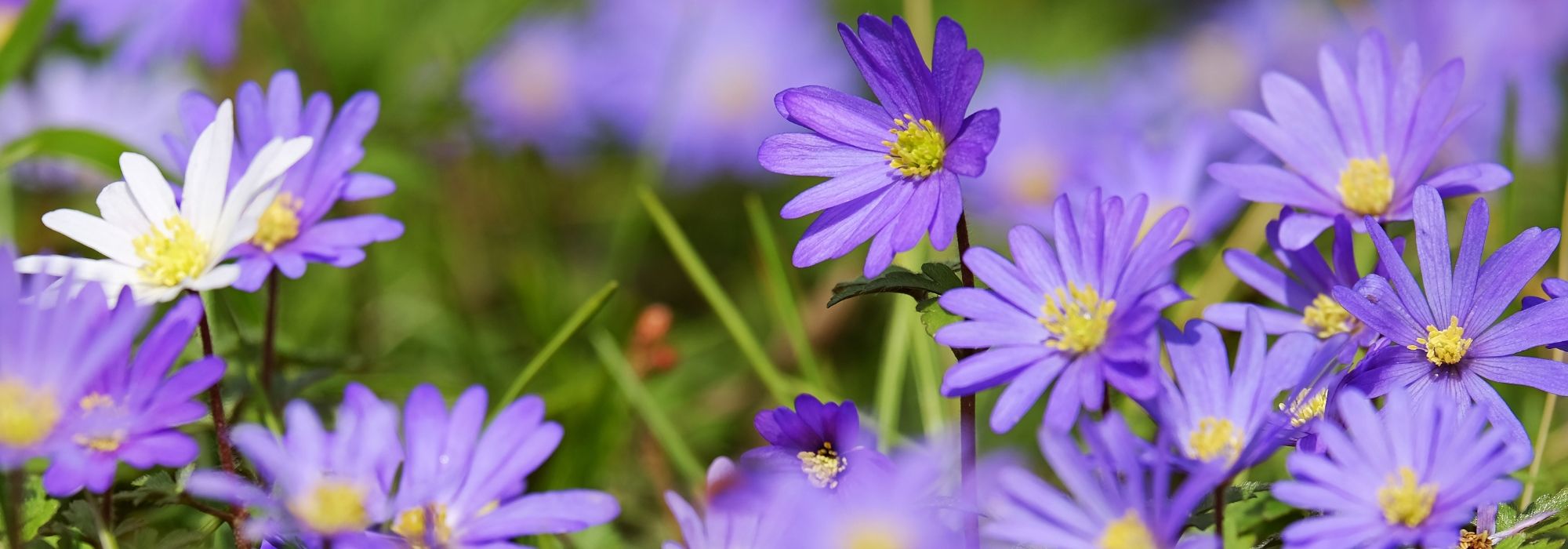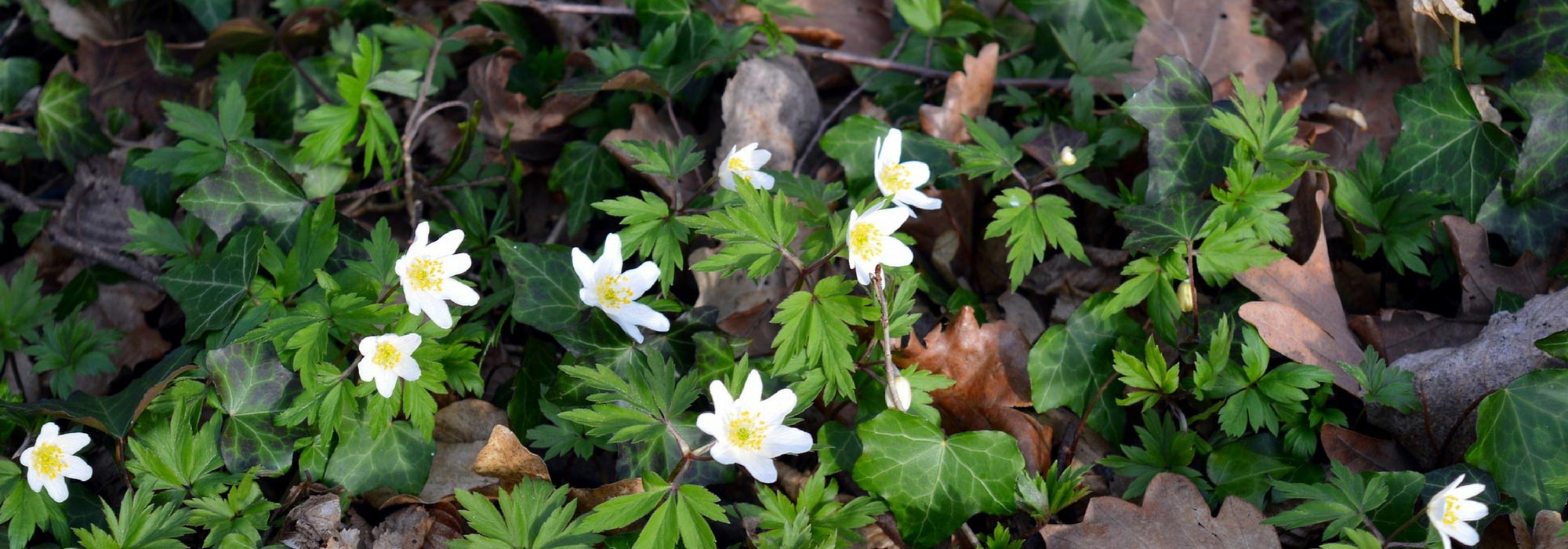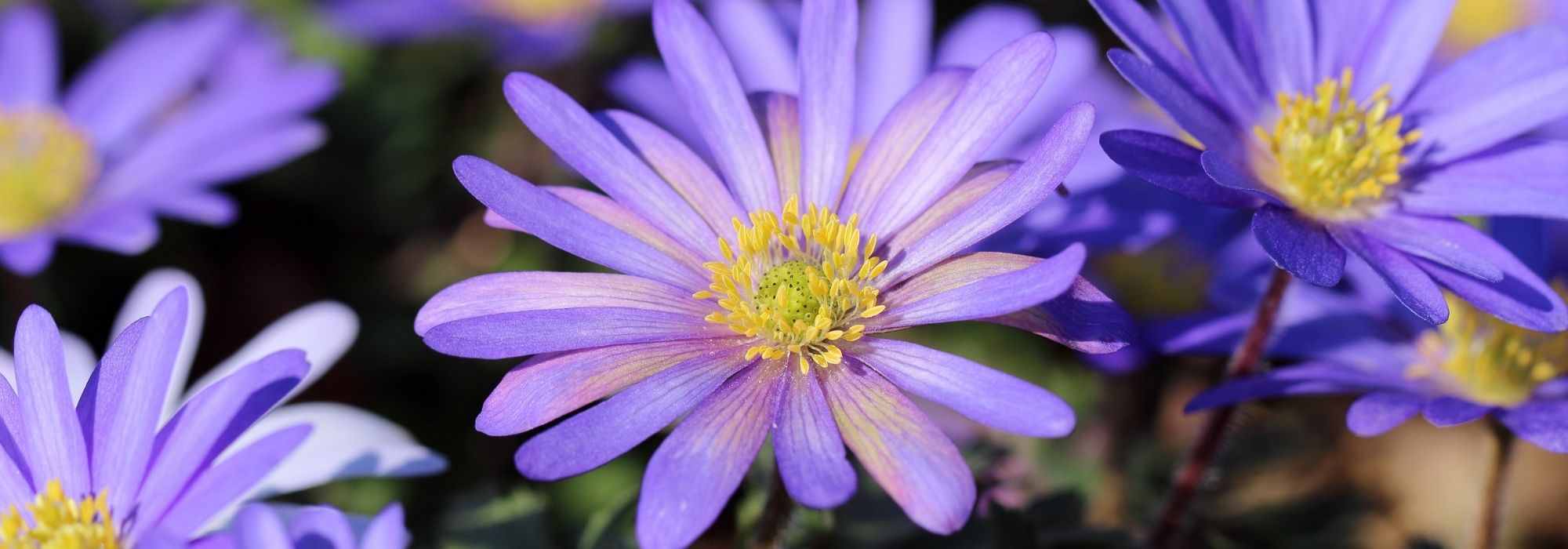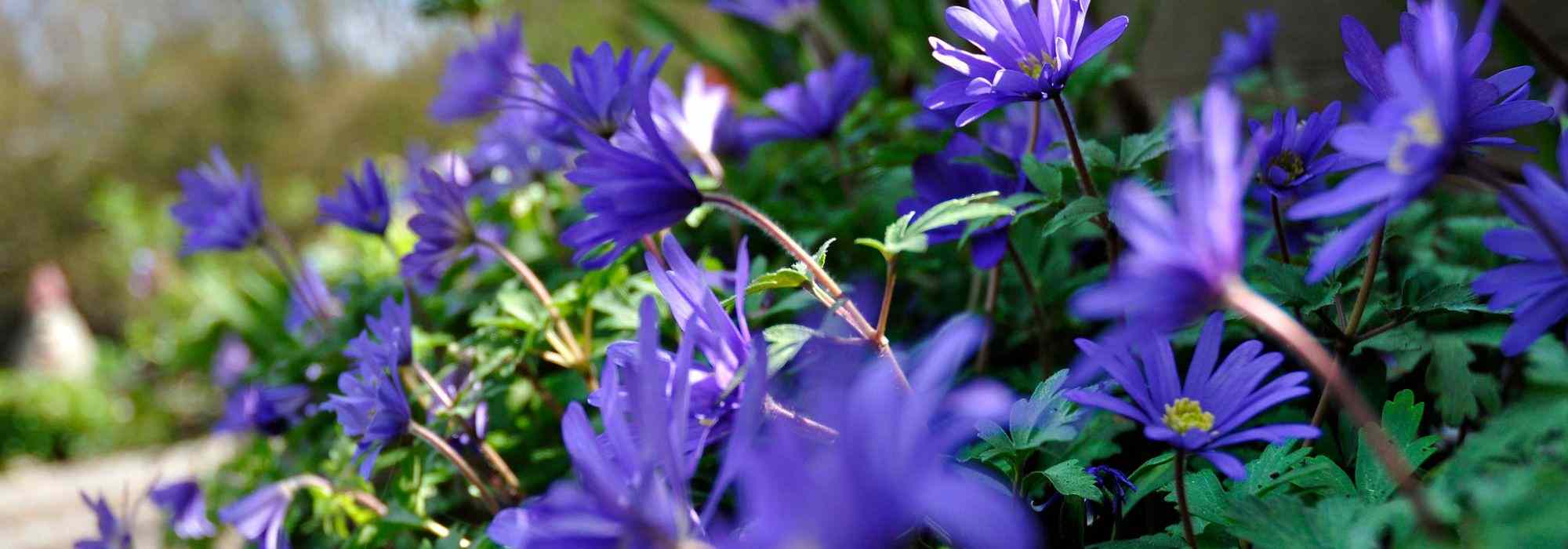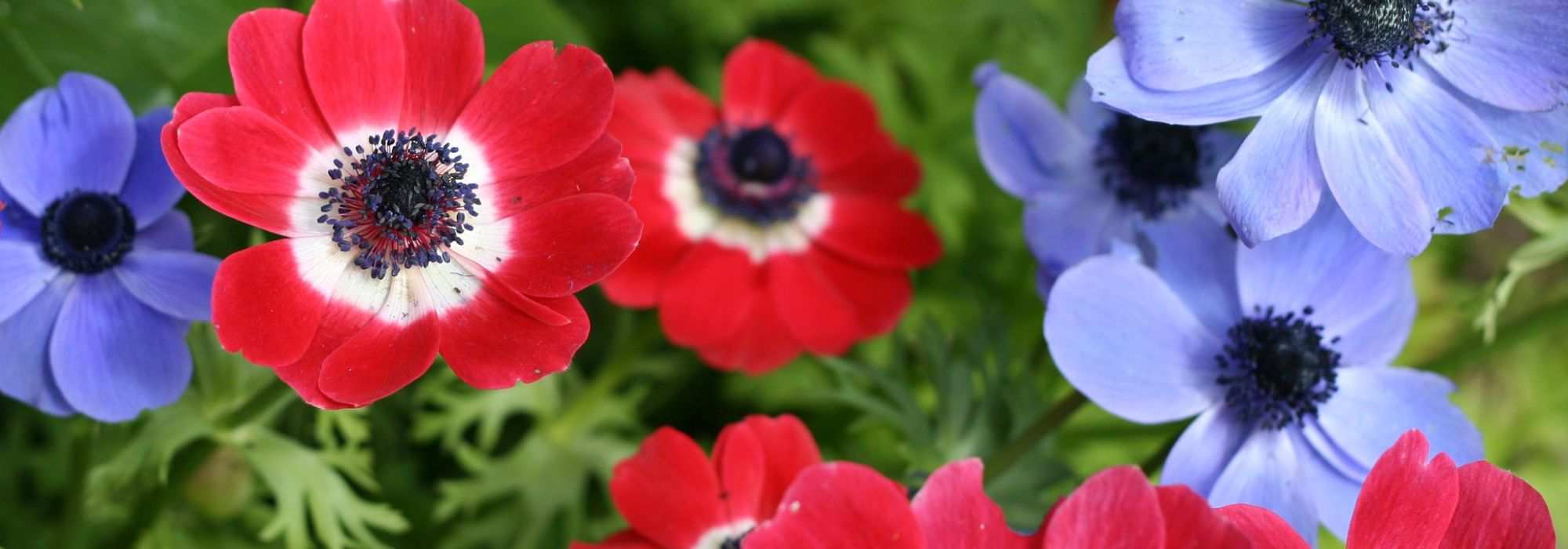

Anemone coronaria Sylphide
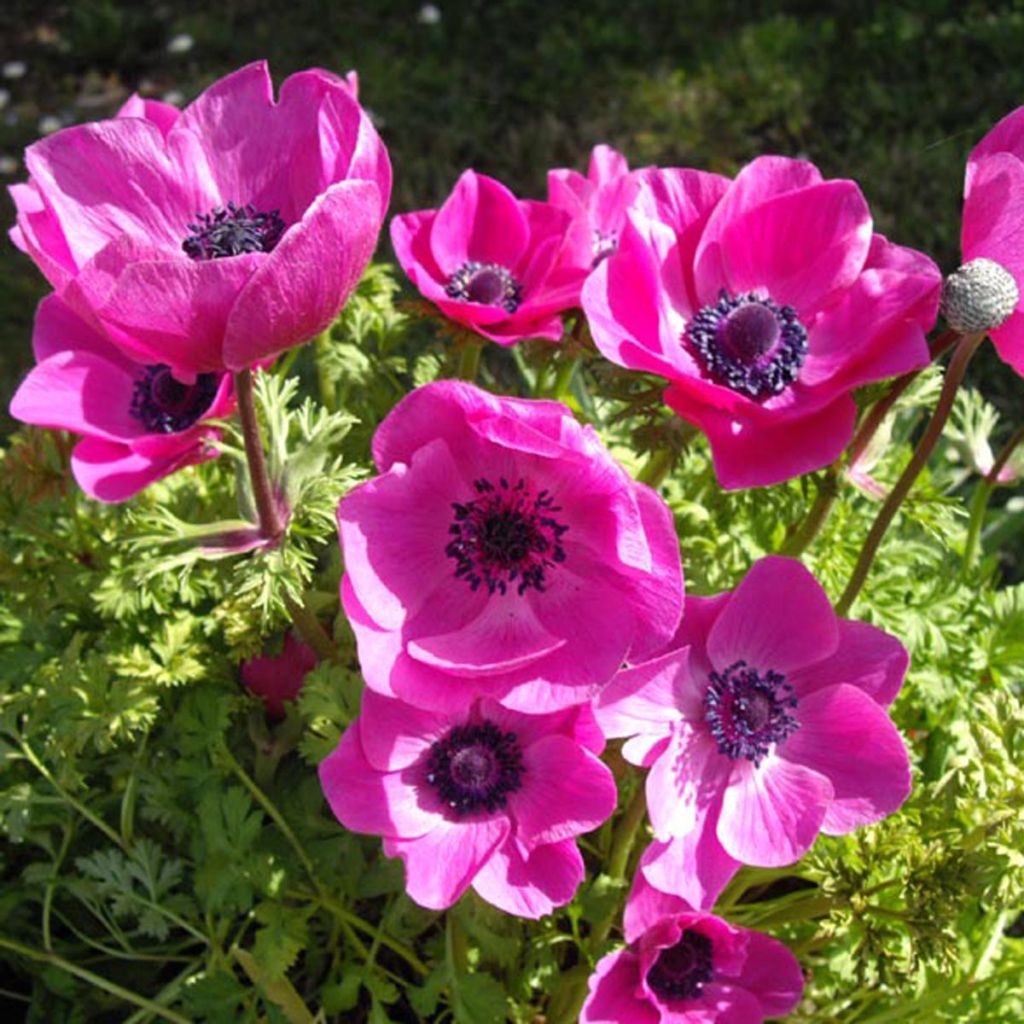

Anemone coronaria Sylphide
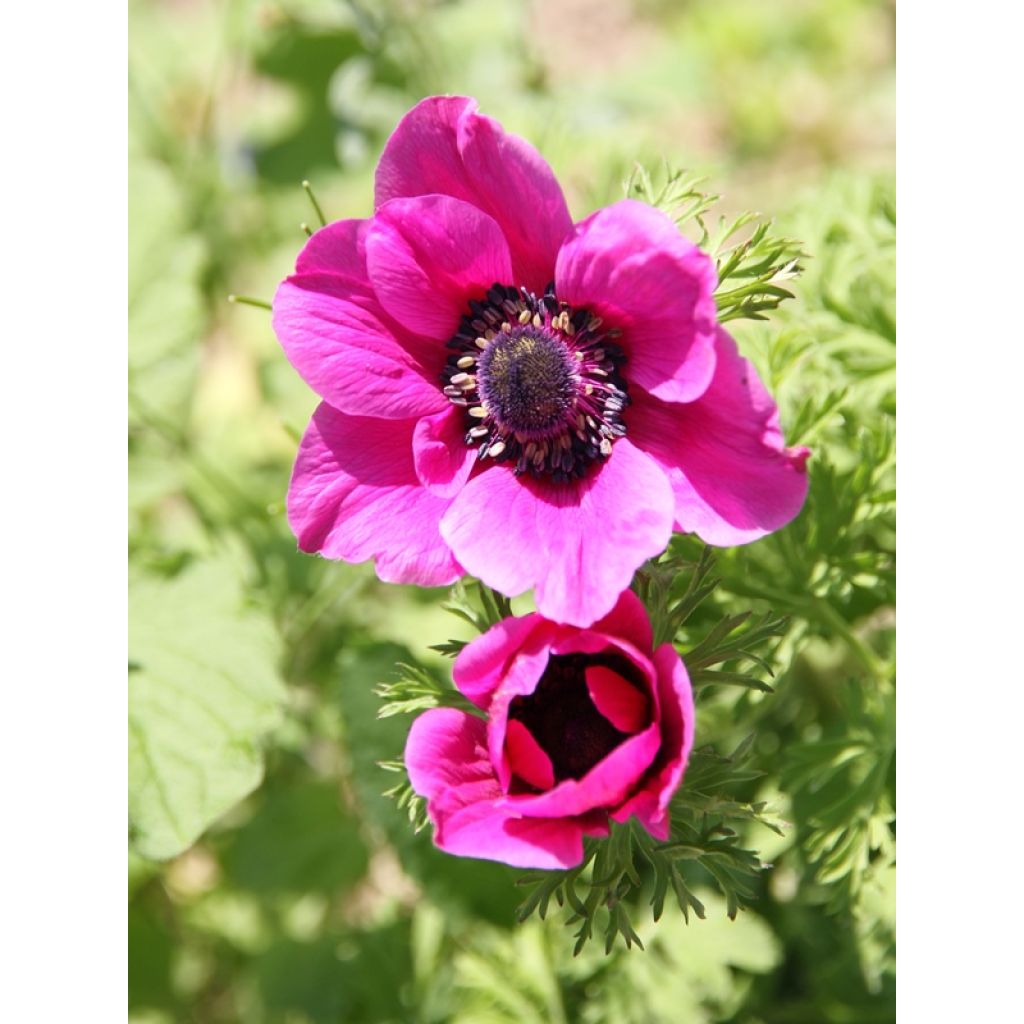

Anemone coronaria Sylphide
View more pictures
Hide images
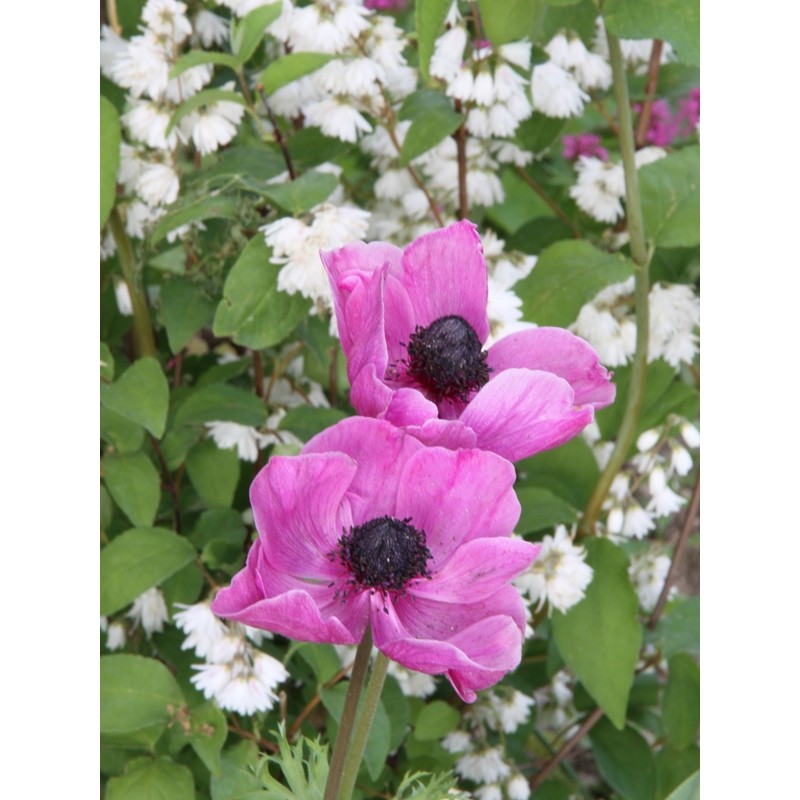
Elise A.

Elise A. • 51 FR
Anemone coronaria Sylphide
Anemone coronaria Sylphide
Poppy Windflower, Irish anemone, Garden anemone
They are not yet as vigorous as the Caëns, but very pretty, and I think they will be even more beautiful next year.
Gabryel, 15/06/2025
Special offer!
Receive a €20 voucher for any order over €90 (excluding delivery costs, credit notes, and plastic-free options)!
1- Add your favorite plants to your cart.
2- Once you have reached €90, confirm your order (you can even choose the delivery date!).
3- As soon as your order is shipped, you will receive an email containing your voucher code, valid for 3 months (90 days).
Your voucher is unique and can only be used once, for any order with a minimum value of €20, excluding delivery costs.
Can be combined with other current offers, non-divisible and non-refundable.
Home or relay delivery (depending on size and destination)
Schedule delivery date,
and select date in basket
This plant carries a 6 months recovery warranty
More information
We guarantee the quality of our plants for a full growing cycle, and will replace at our expense any plant that fails to recover under normal climatic and planting conditions.
Would this plant suit my garden?
Set up your Plantfit profile →
Description
Who doesn't know Anemone coronaria, with its slightly old-fashioned charm, and its pretty flowers with a black heart, in a range of bright colours, from violet to white, passing through pink and red? Here is Anemone coronaria Sylphide, in a bright fuchsia pink, bringing it back into fashion, with its surprising dark blue hues on its black heart, highlighting the graphic side of its flower! Planted en masse, it will brighten up the garden, patio or balcony with its generous and charming spring flowering!
A bulbous perennial plant, Anemone coronaria is native to the Mediterranean basin and Western Asia. It is very easy to grow and quite hardy, ideally placed in the sun, although it also thrives in partial shade, where its sparkling colours will work wonders! From the tuberous stump of this Anemone Sylphide, one or more flowering stems, slightly hairy, rise up to 30 to 40 cm (12 to 16in), each ending with a single flower measuring 3 to 7 cm (1 to 3in) in diameter, under which three long and narrow leaves form a dentate collar. Its basal foliage, in a rosette, is deciduous. It consists of dark green leaves, deeply cut, measuring 5 to 15 cm (2 to 6in) long. From April to May, the flowers appear, which are a magnificent crimson pink, with a heart adorned with a blackish-blue crown of stamens. The colour of the petals tends to fade towards the end of the flowering period. Once faded, the flower produces achene fruits, and can thus naturalise itself in the garden. The plant then dies, but will reappear the following spring, for about 5 years.
Florists' Anemones are very easy to plant, requiring minimal maintenance, and their beautiful, colourful flowering is very striking. They thrive in sunny or semi-shaded locations, as well as in light and well-drained soil. They can be planted in a flower bed, a rockery, in borders, flower beds or mixed borders, as well as in pots and containers on the patio, balcony or window sill. They can be associated with other perennial plants (Rose Oriental Hellebore with green centre, Filipendula rubra Venusta, Astilbe arendsii Erika, Astrantia major Claret, Geranium vivace Dilys, Hosta Big Daddy), bulbs of tulips, daffodils, jonquils, rock plants, or even compact shrubs (Japanese Azalea Siver Queen, Weigela Florida Monet Verweig).
Take advantage of the dazzling flowering of this Anemone coronaria Sylphide to create sumptuous bouquets of bright pink, by picking the flowers when they are just opening!
Anemone coronaria Sylphide in pictures
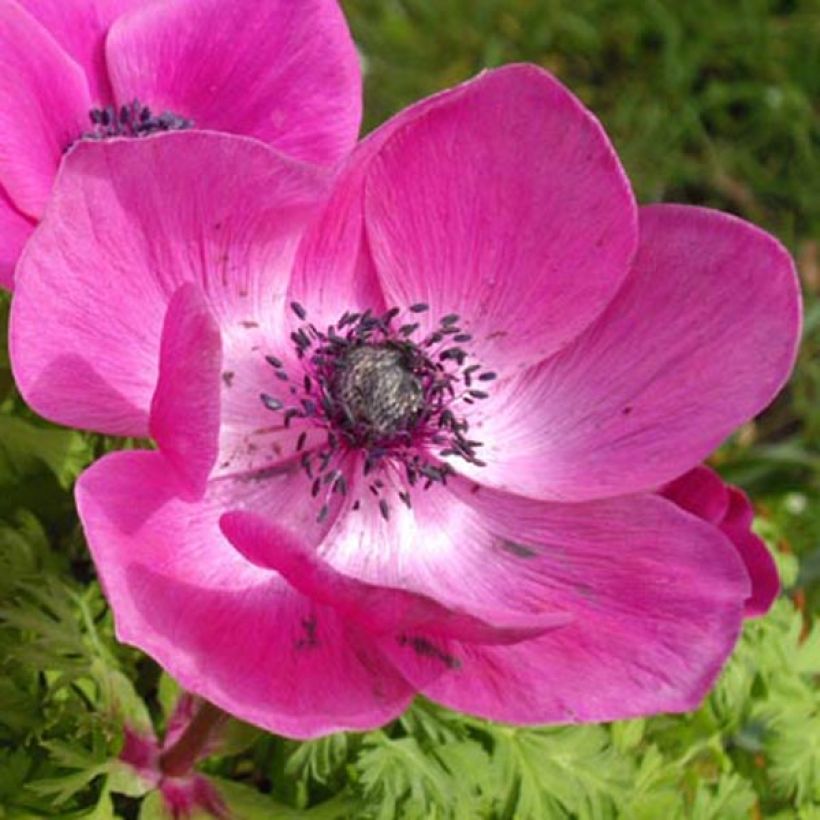

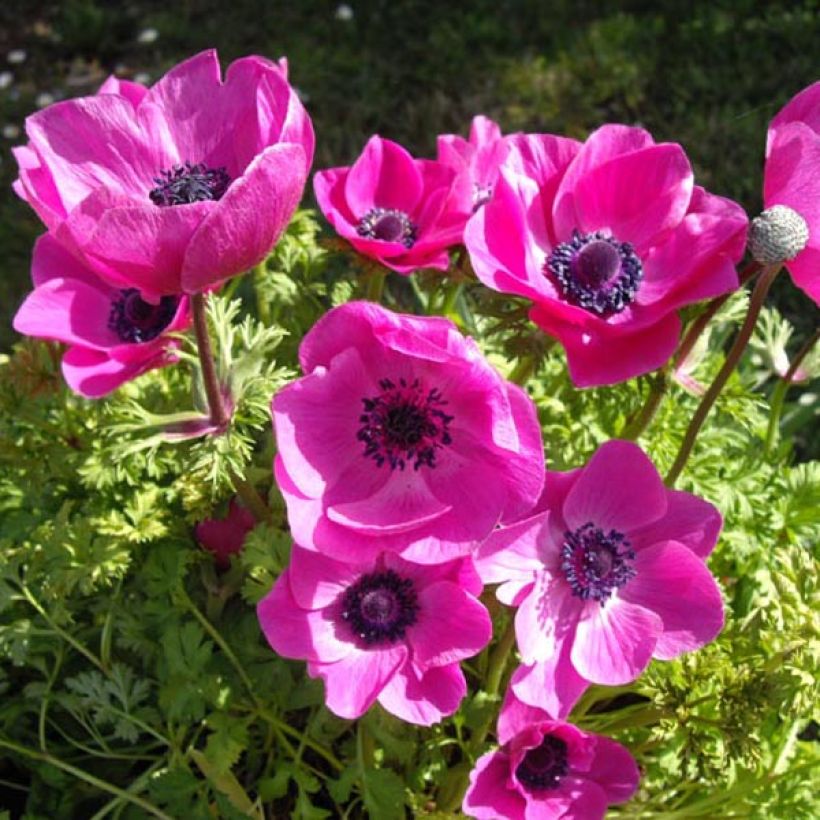

Plant habit
Flowering
Foliage
Botanical data
Anemone
coronaria
Sylphide
Ranunculaceae
Poppy Windflower, Irish anemone, Garden anemone
Central Europe
Other Anemone
View all →Planting and care
Anemone coronaria appreciates all types of soils, provided that they are well-drained, with a preference for fertile and loamy, light soils. The planting of tubers should preferably be carried out in spring, from mid-January to mid-May, for flowering in May-June, or in autumn, from mid-September to mid-November, for flowering in March-April. In regions with harsh winters, it is advisable to plant them in spring. It is recommended to soak the corms overnight in warm water to rehydrate them before planting them. The swellings appearing on the corm after rehydration are the locations of the future flowers. Plant the tubers at a depth of 3 to 5 cm (1 to 2in). Water regularly during the first season, but without excess, to promote deep rooting. Very easy to maintain, Anemone coronaria requires watering in case of drought and a mulch to help it survive the winter (especially if planted in autumn). At the end of the flowering of Anemone coronaria, cut the faded stems, but leave the leaves that will nourish the tuber for the next year's flowering. They turn yellow and die towards the end of spring or in summer depending on the climate, and the plant then enters dormancy, reappearing and flowering in autumn or the following spring. In winter, it is recommended to protect the anemones, which remain in the ground, against severe frost by covering them with a layer of dead leaves. Resistant to diseases, anemones can, however, be subject to anemone smut, powdery mildew, rust, or attacks by aphids and slugs. To treat these potential diseases, it will be necessary to spray an antifungal product in case of rust and powdery mildew.
Planting period
Intended location
Care
Planting & care advice
-
, onOrder confirmed
Reply from on Promesse de fleurs
Haven't found what you were looking for?
Hardiness is the lowest winter temperature a plant can endure without suffering serious damage or even dying. However, hardiness is affected by location (a sheltered area, such as a patio), protection (winter cover) and soil type (hardiness is improved by well-drained soil).

Photo Sharing Terms & Conditions
In order to encourage gardeners to interact and share their experiences, Promesse de fleurs offers various media enabling content to be uploaded onto its Site - in particular via the ‘Photo sharing’ module.
The User agrees to refrain from:
- Posting any content that is illegal, prejudicial, insulting, racist, inciteful to hatred, revisionist, contrary to public decency, that infringes on privacy or on the privacy rights of third parties, in particular the publicity rights of persons and goods, intellectual property rights, or the right to privacy.
- Submitting content on behalf of a third party;
- Impersonate the identity of a third party and/or publish any personal information about a third party;
In general, the User undertakes to refrain from any unethical behaviour.
All Content (in particular text, comments, files, images, photos, videos, creative works, etc.), which may be subject to property or intellectual property rights, image or other private rights, shall remain the property of the User, subject to the limited rights granted by the terms of the licence granted by Promesse de fleurs as stated below. Users are at liberty to publish or not to publish such Content on the Site, notably via the ‘Photo Sharing’ facility, and accept that this Content shall be made public and freely accessible, notably on the Internet.
Users further acknowledge, undertake to have ,and guarantee that they hold all necessary rights and permissions to publish such material on the Site, in particular with regard to the legislation in force pertaining to any privacy, property, intellectual property, image, or contractual rights, or rights of any other nature. By publishing such Content on the Site, Users acknowledge accepting full liability as publishers of the Content within the meaning of the law, and grant Promesse de fleurs, free of charge, an inclusive, worldwide licence for the said Content for the entire duration of its publication, including all reproduction, representation, up/downloading, displaying, performing, transmission, and storage rights.
Users also grant permission for their name to be linked to the Content and accept that this link may not always be made available.
By engaging in posting material, Users consent to their Content becoming automatically accessible on the Internet, in particular on other sites and/or blogs and/or web pages of the Promesse de fleurs site, including in particular social pages and the Promesse de fleurs catalogue.
Users may secure the removal of entrusted content free of charge by issuing a simple request via our contact form.
The flowering period indicated on our website applies to countries and regions located in USDA zone 8 (France, the United Kingdom, Ireland, the Netherlands, etc.)
It will vary according to where you live:
- In zones 9 to 10 (Italy, Spain, Greece, etc.), flowering will occur about 2 to 4 weeks earlier.
- In zones 6 to 7 (Germany, Poland, Slovenia, and lower mountainous regions), flowering will be delayed by 2 to 3 weeks.
- In zone 5 (Central Europe, Scandinavia), blooming will be delayed by 3 to 5 weeks.
In temperate climates, pruning of spring-flowering shrubs (forsythia, spireas, etc.) should be done just after flowering.
Pruning of summer-flowering shrubs (Indian Lilac, Perovskia, etc.) can be done in winter or spring.
In cold regions as well as with frost-sensitive plants, avoid pruning too early when severe frosts may still occur.
The planting period indicated on our website applies to countries and regions located in USDA zone 8 (France, United Kingdom, Ireland, Netherlands).
It will vary according to where you live:
- In Mediterranean zones (Marseille, Madrid, Milan, etc.), autumn and winter are the best planting periods.
- In continental zones (Strasbourg, Munich, Vienna, etc.), delay planting by 2 to 3 weeks in spring and bring it forward by 2 to 4 weeks in autumn.
- In mountainous regions (the Alps, Pyrenees, Carpathians, etc.), it is best to plant in late spring (May-June) or late summer (August-September).
The harvesting period indicated on our website applies to countries and regions in USDA zone 8 (France, England, Ireland, the Netherlands).
In colder areas (Scandinavia, Poland, Austria...) fruit and vegetable harvests are likely to be delayed by 3-4 weeks.
In warmer areas (Italy, Spain, Greece, etc.), harvesting will probably take place earlier, depending on weather conditions.
The sowing periods indicated on our website apply to countries and regions within USDA Zone 8 (France, UK, Ireland, Netherlands).
In colder areas (Scandinavia, Poland, Austria...), delay any outdoor sowing by 3-4 weeks, or sow under glass.
In warmer climes (Italy, Spain, Greece, etc.), bring outdoor sowing forward by a few weeks.






























